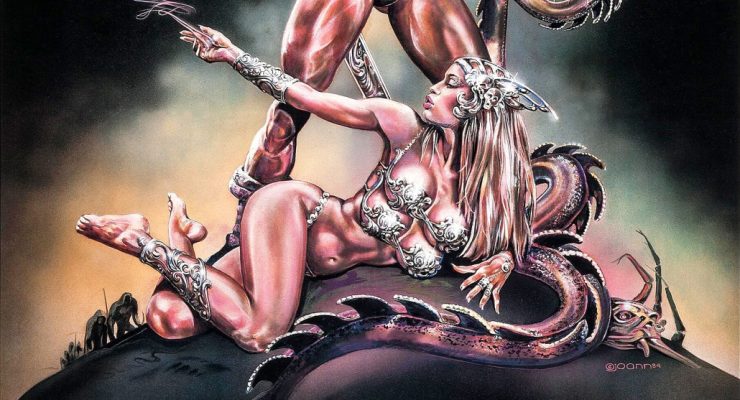Speedy, 1928.
Directed by Harold Lloyd.
Starring Harold Lloyd, Ann Christy, Babe Ruth, Brooks Benedict and Bert Woodruff.
SYNOPSIS:
Harold Lloyd is ‘Speedy’, keen to charm but a klutz in any job he’s in.
When you make a list of silent comedians, the three you would inevitably see are Charlie Chaplin, Buster Keaton and Harold Lloyd. Doc Brown imitates Lloyd in Back to the Future, clinging to the clocktower as Lloyd had years before, in Safety Last. Rather than deadpan delivery or a tiny moustache, Harold Lloyd’s trademark round glasses and goofball charm are what light up the screen. Speedy was his final silent movie, despite a successful run throughout the 1920’s. His character suited the era, and Speedy is no different, as his bespectacled hero is a keen job-seeker, struggling to maintain his current profession between his pratfalls and comedic mishaps.
The stage is set in New York, with a wide cinematic canvas, the skyscrapers ache to the sky and trams trundle throughout the city. One route is under the ownership of Pop Dillon (Bert Woodruff), and he continues to use it with a horse-drawn tram – the last horse-drawn tram in the Big Apple. But businesses seek him out, keen to take over his little line and own the entire network between them. Separately, Speedy (Harold Lloyd) is in the process of losing another bar job and consequently offers to help his girlfriend’s Grandad, the aforementioned Pop Dillon, and ensure that his tram isn’t snatched by the corporations.
Like many full-feature silent comedies, Speedy is a set of shorter films loosely connected by an overarching plot. A sequence in the bar is an opportunity for Lloyd to show off his expert cocktail-making skills, flipping glasses and cups with creative pastry-playing to boot. A date at the fair becomes an enormous set-up of unseen wet paint signs with an adorable dog biting the bum of our lead man. Even the ride home from the fair is turned into a lovely little short as Speedy and his girlfriend (Ann Christy) rearrange the back of a truck to become a living room. But what separates it from the pack are the locations (exquisite on this particular Criterion Collection edition), as we see New York, hustling and bustling, in its prime. The horse-drawn tram may be a weak overarching plot, but it highlights a fascinating, transitional period in these US cities.
Speedy has so many moments that stick in the mind. Lloyd, briefly breaking the fourth wall when he’s exasperated with his boss. The incredible footage of a classic American baseball game. Even iconic baseball player, Babe Ruth, makes an appearance. As the characters travel around the city, the Coney Island fair is also an opportunity to see rides that are clearly unsafe but no one knew (or cared) in the 1920’s. There’s a crab-pinching scene as Speedy and his girlfriend sit on a fast spinning ride – it simply keeps going until everyone falls off. A horse-race ride that zooms across a set line. It doesn’t require a genius to imagine why these aren’t in use any more.
Harold ‘Speedy’ Swift is a fun guy, fighting for the little man. The showdown in the final act remains impressive as extras flood the city streets for a brawl, with the community facing off against the corporation. Akin to Chaplin, Lloyd makes a subtle commentary on capitalism and the slow erosion of family businesses. “It smells of rain” is a hilarious call to arms and the locals use appropriate equipment to fight with; horse shoes are thrown and kitchen items are smashed. To finish, Pop Dillion does sell out, leaving a questionable issue lingering in the air. Maybe we all have a price? In any case, it’s a joy to watch and worth tracking down as part of the new UK Criterion Collection.
Flickering Myth Rating – Film: ★ ★ ★ ★ / Movie: ★ ★ ★ ★
Simon Columb
. url=”.” . width=”100%” height=”150″ iframe=”true” /]
https://youtu.be/b7Ozs5mj5ao?list=PL18yMRIfoszEaHYNDTy5C-cH9Oa2gN5ng











